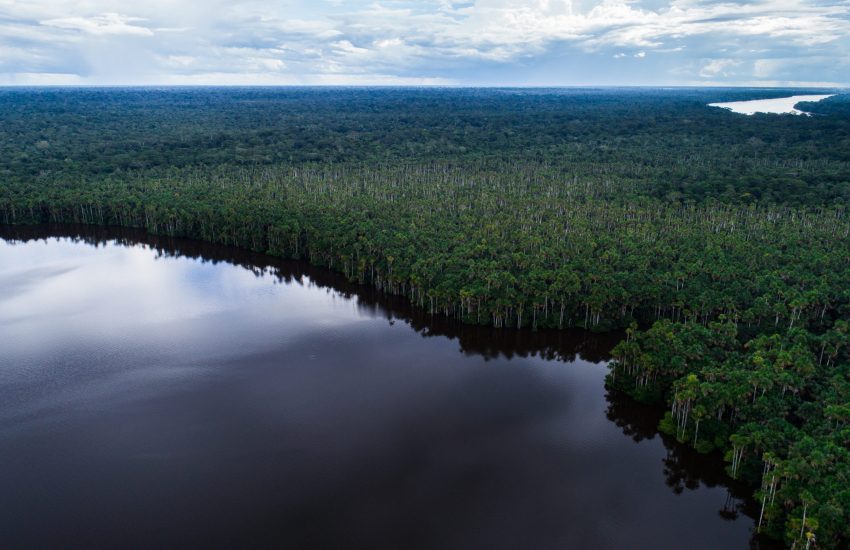Policy brief: tackling policy dilemmas for wetland restoration
08 December, 2025

Policy brief: tackling policy dilemmas for wetland restoration
08 December, 2025
Celebrating 6 years of Mobilising More for Climate
01 December, 2025
Monday 12 december 2022
Header photo: ©Tom Laffay, Peru Madre de Dios forest and river
The report, Towards a circular economy that begins and ends in nature, examines links and potential gaps between circular economy and biodiversity policy approaches in the European Union. Specifically, it focuses on policies related to the food, water and nutrients value chain, which is a key driver of land use change and biodiversity loss, and was highlighted in the EU’s Circular Economy Action Plan as a sector with high resource use and potential for circularity.
The report acknowledges the strong potential of the circular economy to achieve our environmental targets. It also points out that some theories or practices associated with the circular economy concept today need to be carefully considered to ensure they do not pose a risk to biodiversity. For instance, a growing demand for bio-based materials to replace plastics can result in increased land use pressures and habitat losses, while a growing demand for timber as a sustainable building material may lead to a loss of primary forests or the plantation of monocultures.
To address these potential issues and ensure that efforts to transition to a circular economy maximises its contribution to reversing biodiversity loss, the authors call for more policy cohesion within the EU as well as internationally.
08 December, 2025
As Europe accelerates efforts to restore wetlands and riverine ecosystems in line with biodiversity and climate goals, several complex policy…
01 December, 2025
On the 2nd of December 2025 we celebrated 6 years of Mobilising More for Climate (MoMo4C). During the event, we closed the current chapter on MoMo4C, celebrated our achievements, shared insights,…